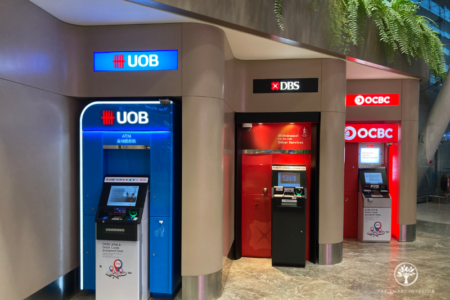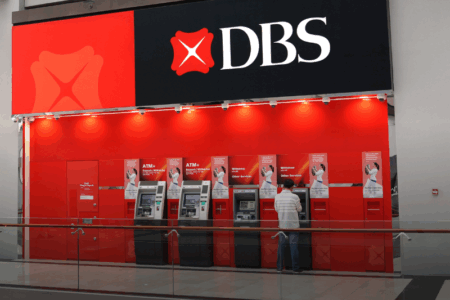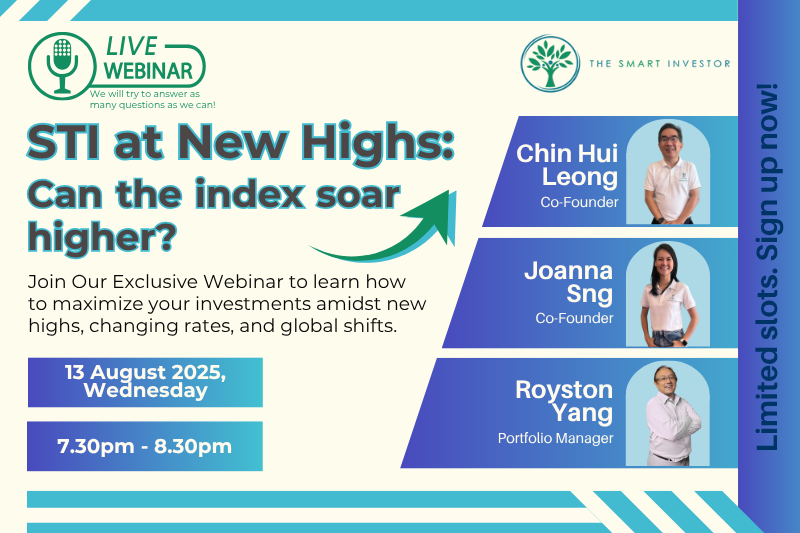Exchange-traded funds (ETFs) were first introduced more than three decades ago, and have steadily gained popularity since then.
But what are they exactly?
You can think of ETFs as baskets of assets such as stocks, REITs, and commodities.
Typically, they are structured to track the performance of a specific index.
For instance, the SPDR Straits Times Index ETF (SGX: ES3.S1) tracks the Straits Times Index (SGX: ^STI), giving investors exposure to the 30 largest companies in Singapore.
Similarly, the Lion-Philip S-REIT ETF (SGX: CLR.SI) is a sector-focused product which provides investors with a diversified basket of Singapore-listed real estate investment trusts (REITs).
Challenge of Choice
With the growing popularity of ETFs, the number of options have also increased.
Today, investors can choose from thousands of ETFs covering almost every sector, region, and investment strategy.
This abundance leaves us with too many choices – a classic case of choice overload.
So before you hit that “buy” button, here are seven guidelines to assist you in picking the right ETF.
- Know How Your ETF Replicates the Index
There are two ways for ETFs to mimic the market index: physical replication and synthetic replication.
Under physical replication, the ETFs directly own the same securities at near-identical weights as the index it mimics.
On the other hand, ETFs that use synthetic replication indirectly own assets by utilising derivatives such as swaps.
Even though synthetic ETFs can offer higher potential returns, they also come with greater risk due to their complexity.
Understanding the structure of your ETF will help you to know what you are really investing in and the risks involved.
- Trust the Fund Provider
The credibility of the ETF provider matters as well.
BlackRock (iShares), Nikko AM, State Street, and Vanguard, to name a few, are considered well-established providers with long track records.
Choosing a trusted provider gives you the confidence that your ETF will be managed responsibly.
- Evaluate the Tracking Difference and Error
You can gauge the performance of the ETF by looking at how closely it tracks the index it mimics.
Start off by examining its tracking difference.
In this case, the smaller the difference between the ETF and its index, the better.
Then look at the tracking error, which reflects how consistent this difference fluctuates over time.
A low tracking error is a sign of consistency, whereas a high one is a sign of volatility.
Well-managed ETFs usually keep both metrics low so that you can closely track the index performance accurately.
- Assets Under Management (AUM)
The fund’s assets under management (AUM) is another important factor to watch.
ETFs with larger AUM tend to be more stable and liquid, making them easier to trade.
After all, a key purpose of ETFs is to allow investors to buy and sell whenever they wish to do so.
- Liquidity’s Impact on Cost
Liquidity is how easily you can buy or sell an ETF without affecting its price movements by too much.
Funds with higher liquidity generally have tighter bid-ask spread (the difference between the highest bid price and the lowest ask price), meaning you can trade more cheaply and efficiently.
- Small Fees that Cause Big Impacts
Then, there’s the matter of cost.
The ETF’s expense ratio is the annual fee you are charged to cover the fund’s operating cost.
This ratio is expressed as a percentage of your investment.
Depending on the product you pick, it can range from 0.03% to 0.20% (sometimes more!).
A word of caution: What may seem to be a small percentage initially will add up in the long-run and eat into your returns more than you think.
Simply said, investing in ETFs with lower expense ratios allows more of your money to remain invested.
- Form of Dividends
ETFs also differ in how they manage dividends.
In this case, ETFs can either pay out dividends in cash (distribution) or reinvest dividends automatically (accumulation).
Whether you prefer receiving cash today or generating higher passive income tomorrow, the choice depends on your financial goals.
Get Smart: The Right ETF for You
As you can tell, there is more than one criterion in picking the right ETF.
The cheapest or largest ETF may not always be the right choice.
Instead, it is the one that best suits your investment goals and risk appetite.
Applying these guidelines can help you avoid costly mistakes and along with discipline, ETFs can form a strong foundation for long-term wealth.
The world’s gotten unpredictable, but some Singapore companies have quietly kept thriving. You’ve probably seen them in your daily life. And yes, they’ve kept paying dividends through it all. Meet 5 resilient stocks built to navigate global storms. Get the free report here and see how they’ve done it.
Follow us on Facebook, Instagram and Telegram for the latest investing news and analyses!
Disclosure: Charlyn does not own shares in any of the companies mentioned.





